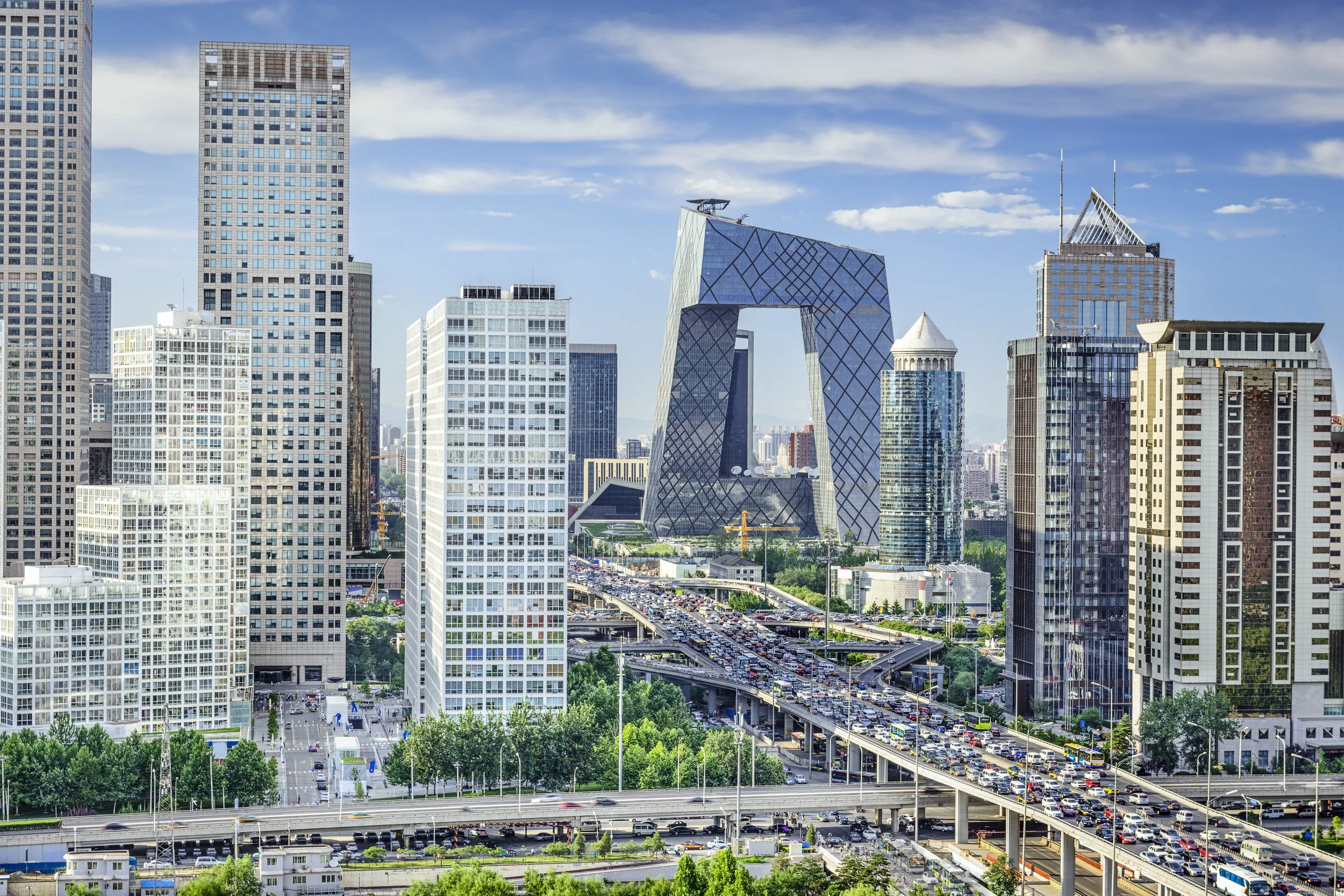BEI
‘Imperial Capital.’
Beijing, as one of the ancient capitals of China – with the Forbidden City on its central axis – is again the modern capital of the world’s most populous country.
From its earliest beginnings, Beijing has grown enormously in the late 20th century to comprise its six ring roads and interlaced underground urban metros that now cross and circumscribe the city and its expanding outer areas.
With its continuing urbanisation from the initial grid, this has resulted in the major megalopolitan agglomeration that it is today.
Maps of Beijing
Overview
Streets and Networks
Satellite View
All maps above provided courtesy of Google Maps.
Population Density
Visualising population density in Global Cities
This interactive map shows population density in 2020, measured in residents per square kilometre.
The data is from the ‘Global Human Settlement Layer’ (GHSL) 2023, produced by the European Commission JRC and the ‘Center for International Earth Science Information Network’ at Columbia University using earth sensing data from the European Copernicus Space Program that Integrates high volumes of satellite data with national census data.
The GHSL describes the settlement geography of the entire globe and has applications for a wide range of research and policy issues related to urban growth, development and sustainability.
Map provided courtesy of LuminoCity3D.org.
Rail Networks
Rail and transport networks in Global Cities
The above map represents the urban metro and light rail network of the city and immediate suburbs. This shows individual rail routes and the level of connectivity for urban travellers across the expanding city’.
Map provided courtesy of UrbanRail.net.
Journals
3. Beijing + extract (Marco Polo & Colin Thubron)
‘The city of modern Beijing was the centre for a number of former empires whose dynasties evolved over many years. Now unified and greatly modernised, Beijing as the capital of the People’s Republic of China (PRC) has both liberalised and changed dramatically since the Cultural Revolution under Mao Zedong.’










